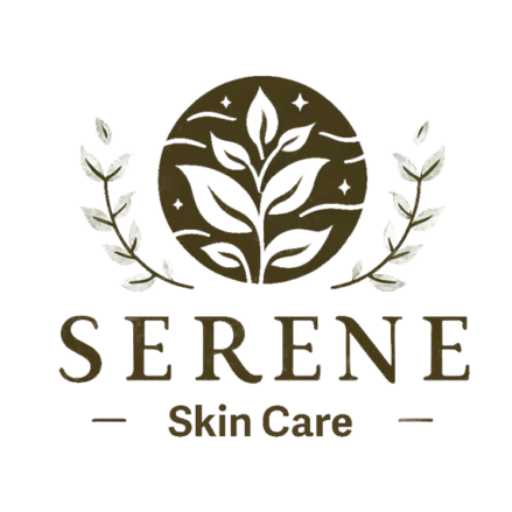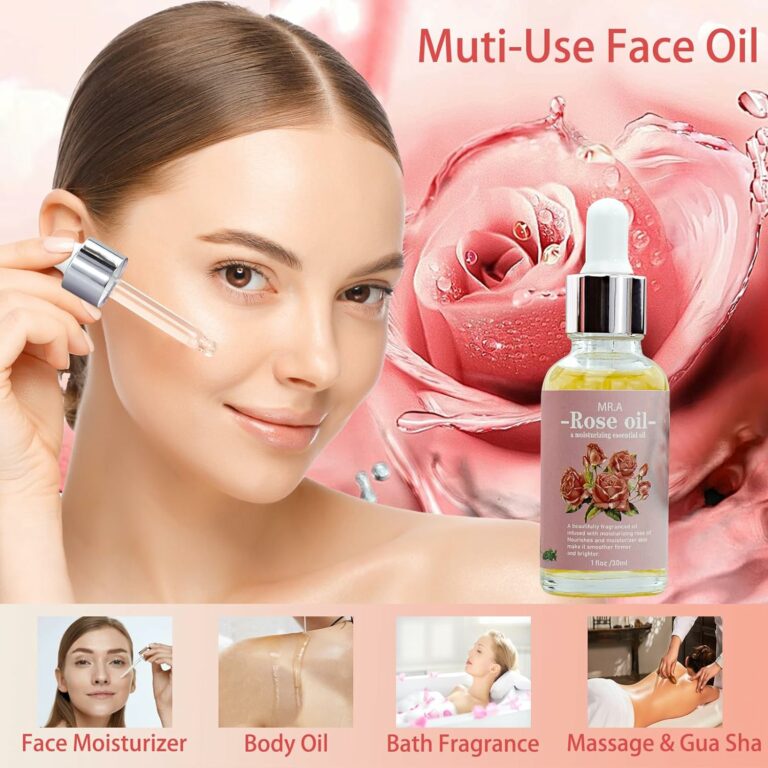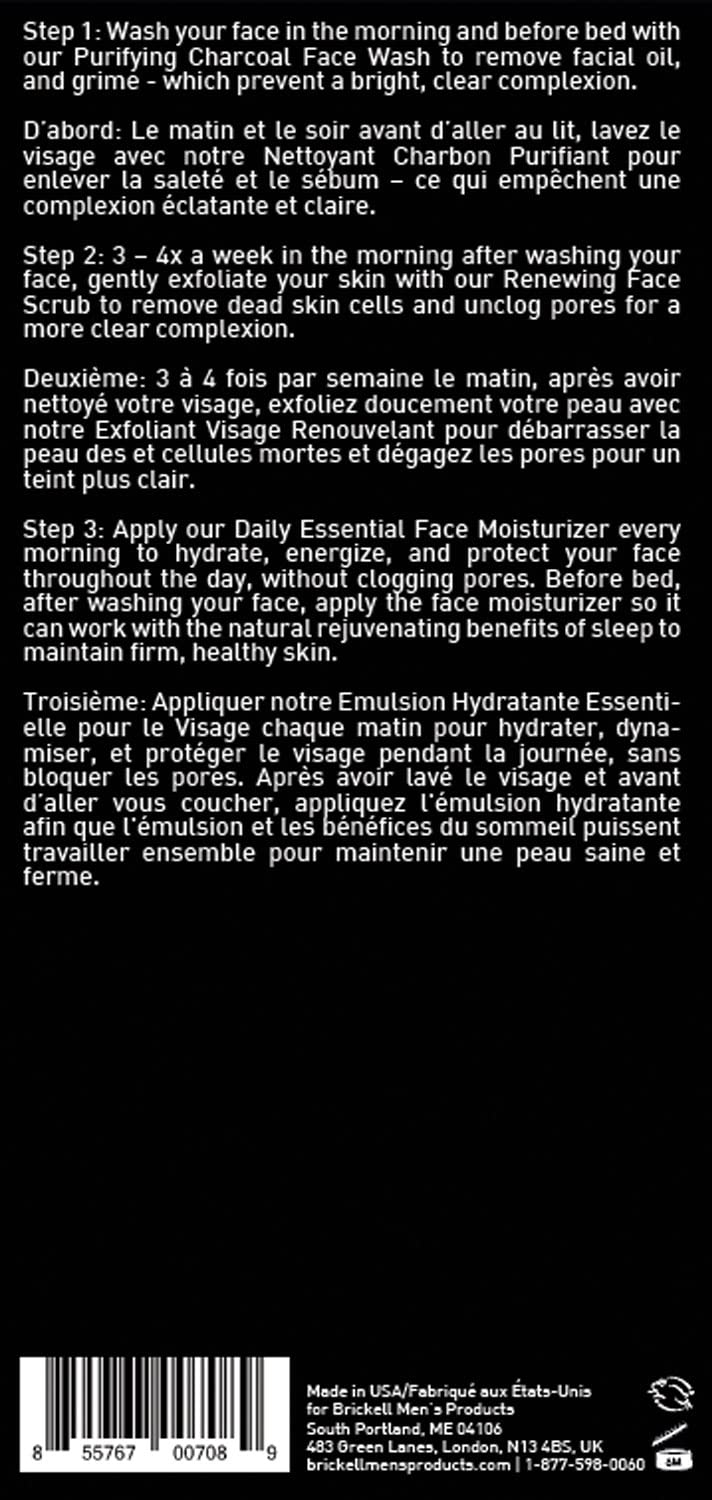Are you tired of dull, lackluster skin that leaves you feeling less than confident? Look no further than “The Ultimate Guide to Exfoliation Techniques and Tips.” In this comprehensive guide, we will explore a variety of exfoliation techniques and provide you with practical tips to achieve radiant, glowing skin. Whether you’re a skincare enthusiast or a beginner looking to revamp your routine, this guide has got you covered. Get ready to uncover the secrets to a smooth and rejuvenated complexion.
Why Exfoliation is Important
What is exfoliation?
Exfoliation is the process of removing dead skin cells from the surface of your skin, revealing a fresh and glowing complexion underneath. It involves using certain products or techniques to slough away the buildup of dead skin cells, oil, and impurities that can clog pores and cause a dull complexion.
The benefits of exfoliation
Regular exfoliation offers numerous benefits for your skin. Firstly, it helps to unclog pores and prevent acne breakouts by removing the buildup of oil and debris. Exfoliating also promotes cell turnover, which can improve the texture and tone of your skin, reducing the appearance of fine lines and wrinkles. Additionally, by removing dead skin cells, exfoliation allows your skincare products to penetrate more effectively, maximizing their benefits.
How often should you exfoliate?
The frequency of exfoliation depends on your skin type and sensitivity. Typically, it is best to exfoliate 1-3 times per week. However, if you have sensitive skin, it may be better to limit exfoliation to once a week. It is important to listen to your skin and adjust the frequency accordingly. If you notice any redness, irritation, or excessive dryness, you may be exfoliating too often and should reduce the frequency.
Different Types of Exfoliation
There are three main types of exfoliation: physical, chemical, and enzyme. Each type offers unique benefits and is suitable for different skin types and concerns.
Physical exfoliation
Physical exfoliation involves physically scrubbing away dead skin cells using granular substances or tools. This type of exfoliation provides immediate results by physically removing the buildup on the skin’s surface.
Chemical exfoliation
Chemical exfoliation involves using acids, such as glycolic acid, salicylic acid, or lactic acid, to dissolve the bonds between dead skin cells, allowing them to be easily washed away. Chemical exfoliation is effective for deeper exfoliation and can target specific skin concerns, such as acne or hyperpigmentation.
Enzyme exfoliation
Enzyme exfoliation uses natural enzymes, such as those found in fruits like papaya, pineapple, or pumpkin, to gently break down the proteins in dead skin cells. This type of exfoliation is ideal for those with sensitive skin or those looking for a more gentle exfoliation option.
Physical Exfoliation Techniques
Manual exfoliation with scrubs
Using a scrub with granular particles is a popular physical exfoliation technique. Gently massage the scrub onto damp skin using circular motions, focusing on areas with rough skin or congestion. Rinse thoroughly with warm water to reveal smoother and softer skin.
Using exfoliating brushes or sponges
Exfoliating brushes or sponges can enhance the effectiveness of physical exfoliation. These tools help to buff away dead skin cells and stimulate circulation, leaving your skin looking radiant. Use gentle pressure and circular motions when using these tools to avoid over-exfoliation.
Microdermabrasion
Microdermabrasion is a more advanced physical exfoliation technique that involves using a handheld device to spray tiny crystals onto the skin’s surface. These crystals gently exfoliate the skin and are then vacuumed away, revealing fresher and younger-looking skin. Microdermabrasion is often performed by professionals but can also be done at home with the right equipment.
Chemical Exfoliation Techniques
Glycolic acid peels
Glycolic acid peels are a popular chemical exfoliation technique used to improve skin texture, reduce the appearance of fine lines and wrinkles, and promote collagen production. These peels are typically performed by professionals and involve applying a glycolic acid solution to the skin and leaving it on for a specific amount of time before neutralizing and rinsing.
Salicylic acid peels
Salicylic acid peels are excellent for treating acne-prone skin. They help to unclog pores, reduce inflammation, and control oil production. Salicylic acid peels can be performed by professionals or used in lower concentrations as part of your at-home skincare routine.
Lactic acid peels
Lactic acid peels are gentle yet effective chemical exfoliation treatments. They help to brighten the skin, even out skin tone, and improve texture. Lactic acid peels are suitable for all skin types and can be done professionally or at home.
Enzyme Exfoliation Techniques
Papaya enzyme exfoliation
Papaya enzymes are rich in natural exfoliating compounds, such as papain, which dissolve dead skin cells and unclog pores. To exfoliate with papaya enzyme, apply a papaya enzyme mask to your skin and leave it on for the recommended time before rinsing off. This gentle exfoliation technique is ideal for sensitive skin.
Pineapple enzyme exfoliation
Pineapple enzyme exfoliation, similar to papaya enzyme exfoliation, uses the natural enzymes found in pineapple to remove dead skin cells and promote a glowing complexion. Apply a pineapple enzyme mask to your skin and leave it on for the specified time before rinsing off for brighter and smoother skin.
Pumpkin enzyme exfoliation
Pumpkin contains enzymes that gently exfoliate and brighten the skin. Pumpkin enzyme masks can be applied to the skin, allowing the enzymes to break down dead skin cells and reveal a rejuvenated complexion. This exfoliation technique is particularly beneficial for dull or congested skin.
DIY Exfoliation Recipes
If you prefer a more natural approach, here are some DIY exfoliation recipes using common household ingredients:
Sugar and honey scrub
Mix together equal parts of sugar and honey to create a simple and effective exfoliating scrub. Apply the mixture to your skin using gentle circular motions, then rinse off for instantly smoother skin.
Oatmeal and yogurt mask
Combine ground oatmeal with plain yogurt to create a soothing and exfoliating mask. Apply the mixture to your face and leave it on for about 10 minutes before rinsing off. This mask will gently exfoliate while also providing hydration and calming properties.
Coffee grounds and coconut oil scrub
Save your coffee grounds from your morning brew and mix them with coconut oil to create a stimulating and invigorating body scrub. Use this scrub to buff away dead skin cells and improve circulation, leaving your skin soft and refreshed.
Exfoliating Different Skin Types
While exfoliating is beneficial for all skin types, it is important to consider your specific skin needs and choose the appropriate exfoliation techniques.
Dry skin exfoliation
If you have dry skin, opt for gentler exfoliation techniques to avoid further drying out your skin. Use enzyme exfoliation or choose chemical exfoliants with hydrating properties, such as lactic acid. Additionally, be sure to moisturize thoroughly after exfoliation to lock in hydration.
Oily skin exfoliation
Those with oily skin may benefit from more frequent exfoliation to remove excess sebum and unclog pores. Physical exfoliation and chemical exfoliation with ingredients like salicylic acid are suitable options. However, be cautious not to over-exfoliate, as this can lead to increased oil production.
Sensitive skin exfoliation
For sensitive skin, opt for gentle exfoliation techniques to avoid irritation. Enzyme exfoliation using natural fruit enzymes, such as papaya or pineapple, is a great choice. Look for products specifically formulated for sensitive skin and always patch test new products before applying them all over your face.
Precautions and Safety Tips
While exfoliation can greatly improve the health and appearance of your skin, it is important to follow some precautions and safety tips to avoid any potential damage or irritation.
Avoid over-exfoliation
While it may be tempting to exfoliate excessively, especially if you want quick results, over-exfoliating can cause damage to your skin. It can lead to dryness, redness, and sensitivity. Stick to the recommended frequency for exfoliation based on your skin type and adjust as needed.
Choose the right exfoliant for your skin type
Different exfoliation techniques and products are suitable for different skin types. Make sure to choose an exfoliant that is appropriate for your specific needs. Consider your skin type, concerns, and sensitivities when selecting the right exfoliation method.
Protect your skin after exfoliation
After exfoliating, your skin can be more sensitive to the sun’s harmful rays. It is essential to apply a broad-spectrum sunscreen with a high SPF to protect your freshly exfoliated skin from sun damage. Additionally, avoid using harsh or irritating products immediately after exfoliation to prevent further irritation.
Combining Exfoliation with Other Skincare Steps
To maximize the benefits of exfoliation, it is essential to incorporate it into a complete skincare routine. Here are some steps to follow before and after exfoliation:
Cleansing before exfoliation
Before exfoliating, thoroughly cleanse your skin to remove any makeup, dirt, or impurities. This allows the exfoliant to work more effectively and prevents any debris from being pushed further into the skin.
Using toner after exfoliation
After exfoliating, use a gentle toner to rebalance the skin’s pH levels and remove any remaining traces of the exfoliant. This helps prepare your skin for the next steps in your skincare routine.
Moisturizing post-exfoliation
Exfoliation can strip away some of your skin’s natural oils, so it’s important to replenish moisture afterward. Apply a hydrating moisturizer to soothe and nourish your skin, locking in moisture for a healthy and glowing complexion.
Professional Exfoliation Treatments
For more intensive exfoliation or specific skin concerns, professional exfoliation treatments can provide dramatic results. Here are a few popular treatments:
Microdermabrasion
Microdermabrasion is a professional exfoliation treatment that uses a handheld device to spray tiny crystals onto the skin’s surface. These crystals gently exfoliate the skin, removing dead skin cells and promoting collagen production. Microdermabrasion can help minimize the appearance of fine lines, acne scars, and sun damage.
Chemical peels
Chemical peels performed by professionals involve applying a specific acid solution to the skin, which causes controlled peeling and exfoliation. Chemical peels can address a variety of skin concerns, including acne, hyperpigmentation, and uneven skin texture. They can be customized to suit your individual needs and desired results.
Dermaplaning
Dermaplaning is a professional exfoliation treatment that uses a surgical scalpel to remove dead skin cells and fine facial hair. This treatment leaves your skin looking smoother and more youthful, with a radiant glow. Dermaplaning can also enhance the absorption of skincare products.
Remember, professional exfoliation treatments should always be carried out by qualified skincare professionals to ensure safety and optimal results.
In conclusion, exfoliation is a crucial step in any skincare routine. Whether you choose physical, chemical, or enzyme exfoliation techniques, adapting them to your specific skin type and needs is essential. By incorporating regular exfoliation into your skincare regimen, you can achieve a clearer, smoother, and healthier complexion. Don’t forget to follow precautions, protect your skin, and combine exfoliation with other skincare steps to maximize its benefits.







